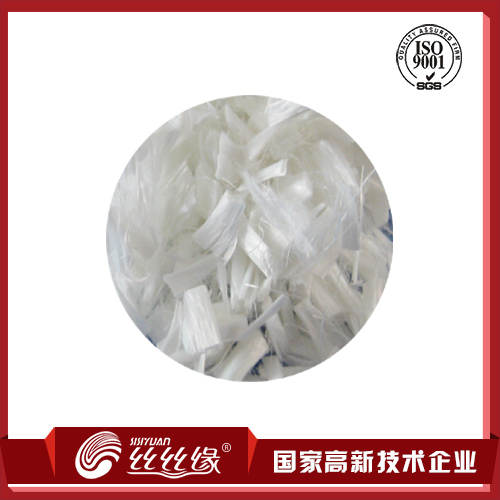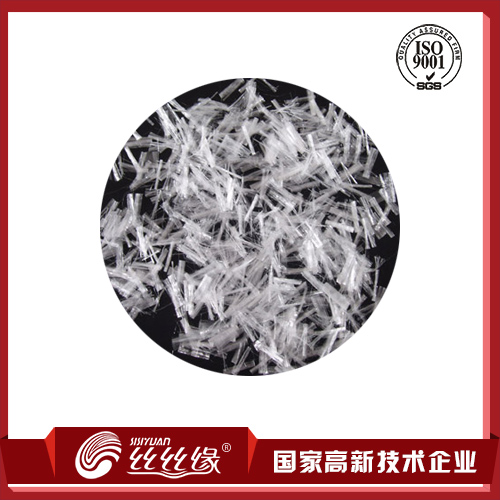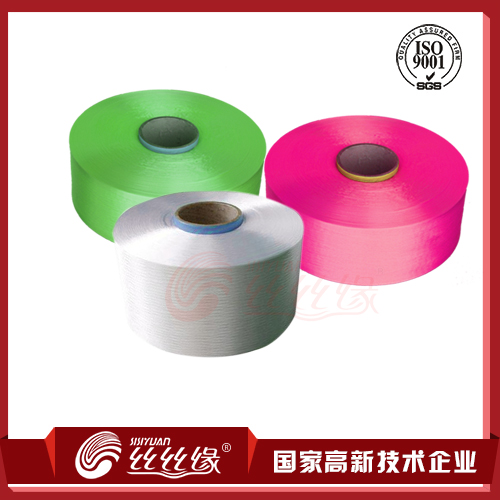
2018 has passed, let us review the important news that appeared in the textile industry in the previous year, prepare for the new development of the textile industry in 2019, grasp the opportunities of the new year, and face the challenges of the new year!
1. Three achievements in the textile industry won the National Science and Technology Award and the ability to innovate independently
On January 8th, the 2017 Science and Technology Awards Conference was held in the Great Hall of the People. The 2017 Science and Technology Awards selected 271 projects and 9 scientific and technical experts. Among them, there are 35 natural science awards, 66 technical invention awards, and 170 scientific and technological progress awards.
The textile industry has won three awards, including one first prize for scientific and technological progress, one second prize for scientific and technological progress, and one second prize for technical invention.
2. Sino-US trade friction has profoundly affected the trend of foreign trade in the industry
On July 10th, the Office of the US Trade Representative announced the proposed tariff list for the domestic 200 billion US dollars exported to the United States, which covers all kinds of textile yarns, fabrics, industrial finished products and some home textiles and textile machinery.
On September 17, the United States announced that it will impose a 10% import tariff on products of approximately US$200 billion from September 24, and will increase the tax rate to 25% from January 1, 2019. For our textile industry, the list still includes 917 tariff lines from 50 to 60, covering all types of textile yarns, fabrics, industrial finished goods and some home textiles, etc. 4 billion US dollars.
In December, with the consensus reached by the heads of China and the United States, China and the United States decided to stop upgrading trade restrictions such as tariffs, no longer increase the existing tariff rate against each other, and not introduce new tariff-adding measures on other commodities. The United States announced that it will increase the tariff for the $200 billion product from 10% to 25% to 24:01 on March 2, 2019. The economic and trade teams of both sides are promoting consultations.
3. The industry's poverty alleviation textile industry is doing its part.
For the first time, from July 31st to August 1st, the Textile Industry Precision Poverty Alleviation Promotion Conference comprehensively sorted out the contribution made by the textile industry in the fight against poverty.
The main achievements of the textile industry in industrial poverty alleviation work mainly include:
First, the close cooperation between the eastern and western regions will promote the eastern textile enterprises to invest and build factories in the western region, and fully absorb the employment of the poor in the western region to achieve poverty alleviation;
Second, the textile and garment enterprises in the central region have adapted to local conditions, and according to the characteristics of the industry and local needs for poverty alleviation, they have taken different approaches to absorb surplus labor in poverty-stricken areas;
Third, the western region plans to establish a textile and garment industrial park, build a nest to attract phoenixes, and effectively solve the employment problems of local poor people;
Fourth, through the integration and extension of the upstream and downstream industries, fully tap the resource conditions of poverty-stricken areas, from textile and garment industries to agricultural planting, animal husbandry, pharmaceutical and other industries, and broaden the poverty alleviation path in diversified operations;
Fifth, research institutes, industry associations, and enterprises are actively involved in education and poverty alleviation.
4. “Stable” runs through the textile industry throughout the year.
According to the statistics of the Bureau of Statistics, from January to September 2018, the per capita disposable income of residents increased by 6.6%, and the actual increase of consumption expenditure was 6.3%, which was faster than the growth rate of 6.2% per capita GDP. The contribution rate of consumption increased to 78%, with people's livelihood. Closely related consumer goods are the main driving force for domestic demand growth. From January to September, the retail sales of clothing, shoes and hats and needles and textiles above designated size increased by 8.9% year-on-year, and the growth rate increased by 1.7 percentage points over the same period of the previous year, which was at a relatively high level in the past three years. The emerging business maintained rapid growth. The nationwide online retail sales of wearing goods increased by 23.3% year-on-year, and the growth rate was 4.1 percentage points higher than the same period of the previous year.
In terms of exports, according to the Customs Express data, from January to November 2018, the export of textile yarns, fabrics and products totaled 109.3 billion US dollars, an increase of 9.3% over the same period of last year; from January to November 2018, the export of clothing and clothing accessories totaled 144.66 billion US dollars. Accumulated a year-on-year increase of 0.9%.
In 2019, the textile industry is expected to maintain stable operation under the support of domestic consumption and transformation. However, a series of external pressures such as cost and environmental protection still need to be overcome. The task of accelerating the promotion of high-quality development and improving the ability to resist risks is even more urgent.
Jiangsu Sisiyuan Fiber Co., Ltd. is engaged in the research and development of all kinds of engineering fibers, high-strength polypropylene filament, high-strength double-twist polypropylene filament, and integrated line management. It is a high-quality enterprise of Jiangsu coastal engineering fiber industry cluster, private technology of Jiangsu Province. Type enterprises, high-tech enterprises.







